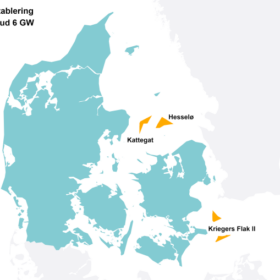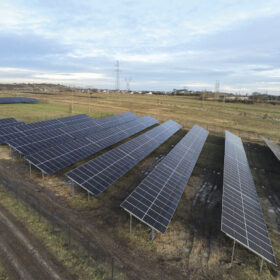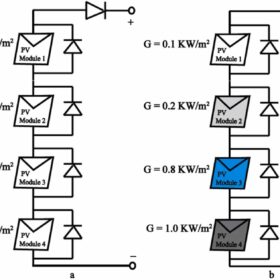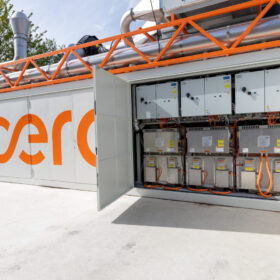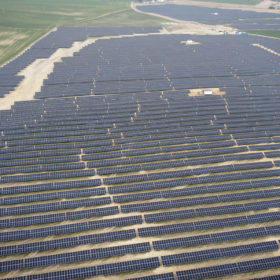The Hydrogen Stream: Denmark may produce green hydrogen from wind
Denmark will procure at least 6 GW of offshore wind power capacity to potentially produce hydrogen, while Orlen says it will use a European Commission grant to build 16 hydrogen refueling stations in Poland.
Poland tops 17 GW of PV capacity
Poland added around 4.6 GW of new PV capacity in 2023, according to new data from research institute IEO.
The Hydrogen Stream: Stadler finalizes longest hydrogen train test
Stadler says it has wrapped up a hydrogen train test, while Ballard has secured a long-term agreement to supply 1,000 hydrogen fuel cell engines through 2027.
Polish grid operator switches off gigawatts of PV
Polish grid operator Polskie Sieci Elektroenergetyczne (PSE) has announced its third disconnection of renewable energy capacity this year. This time it has initiated the reduction of 1,201 MW to 1,877 MW of PV in response to oversupply.
Pacific Green targets 12 GWh battery storage rollout
UK renewables developer Pacific Green Technologies says it will double down on battery energy storage systems as a priority in 2024, as it has expanded its global pipeline to 6 GWh over the past year.
Novel MPPT technique based on Coronavirus algorithm
The proposed algorithm is intended for harvesting the maximal power in PV systems operating in varying weather scenarios. According to its creators, the new approach can be applied on a low-cost microcontroller.
The Hydrogen Stream: Ceres secures license agreement for SOEC stack production
As electrolysis is gaining traction in the markets, European and US companies announce new hydrogen projects in the heavy mobility sector. Meanwhile, UK-based solid oxide electrolysis cell (SOEC) tech developer Ceres Power signed a global long-term agreement with Delta Electronics.
The Hydrogen Stream: Plug Power commissions 1 MW PEM electrolyzer
A number of hydrogen projects are moving forward in the United States, Germany and Denmark. In other developments, the German state of Saxony is teaming up with other partners, including the Czech Republic, to set up a hydrogen network in Eastern Europe.
Greenvolt secures 1.2 GW in Polish auction
Greenvolt Power, a Portuguese independent power producer, says it was awarded 1.2 GW of capacity for six battery energy storage systems (BESS) in a recent renewable energy auction in Poland, claiming it was the “top winner.”
Corab debuts residential brine-water heat pump
Polish manufacturer Corab has developed a new ground-source heat pump with several components supplied by Denmark’s Danfoss. It offers 8 kW to 16 kW of rated thermal power.
